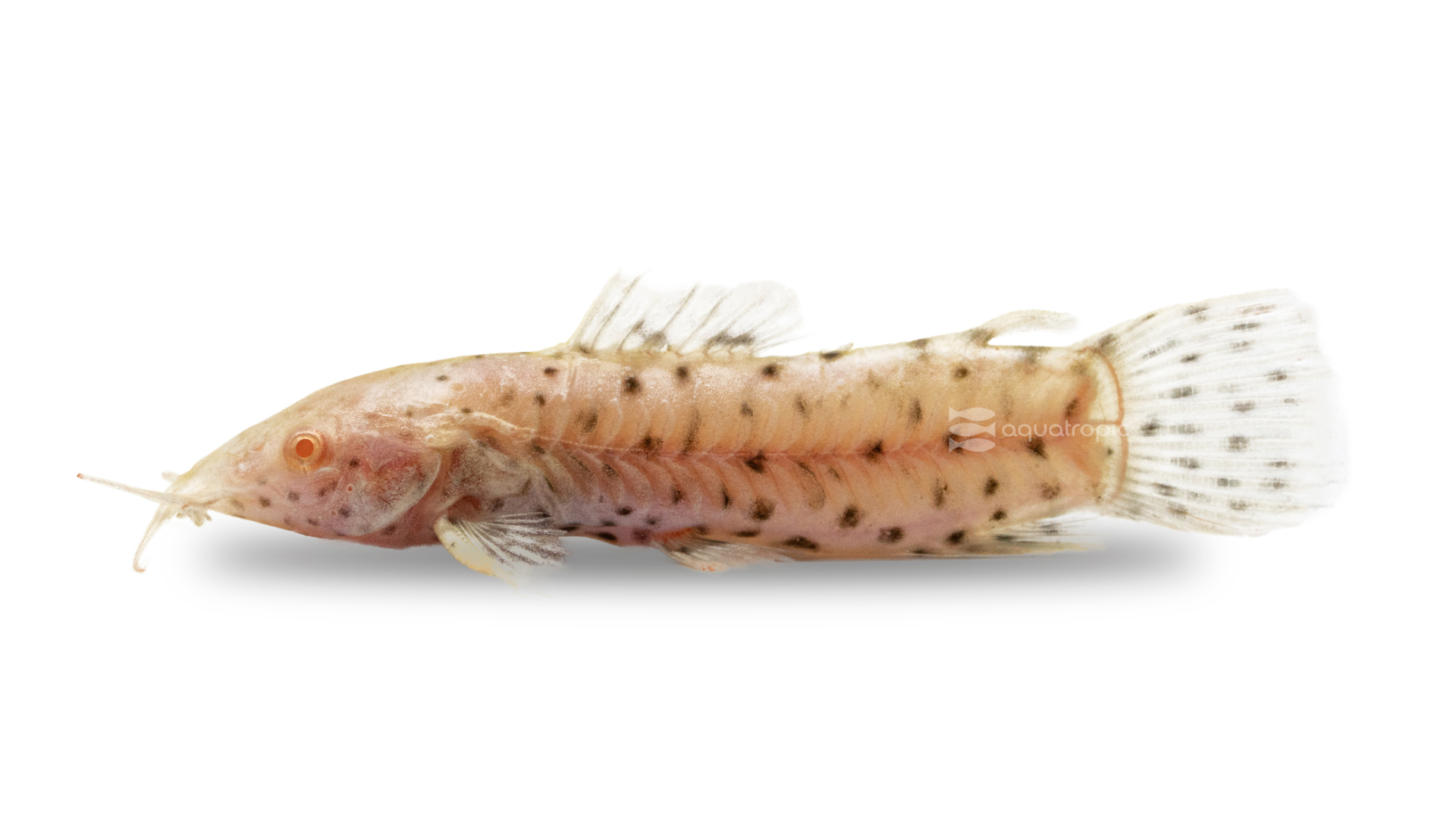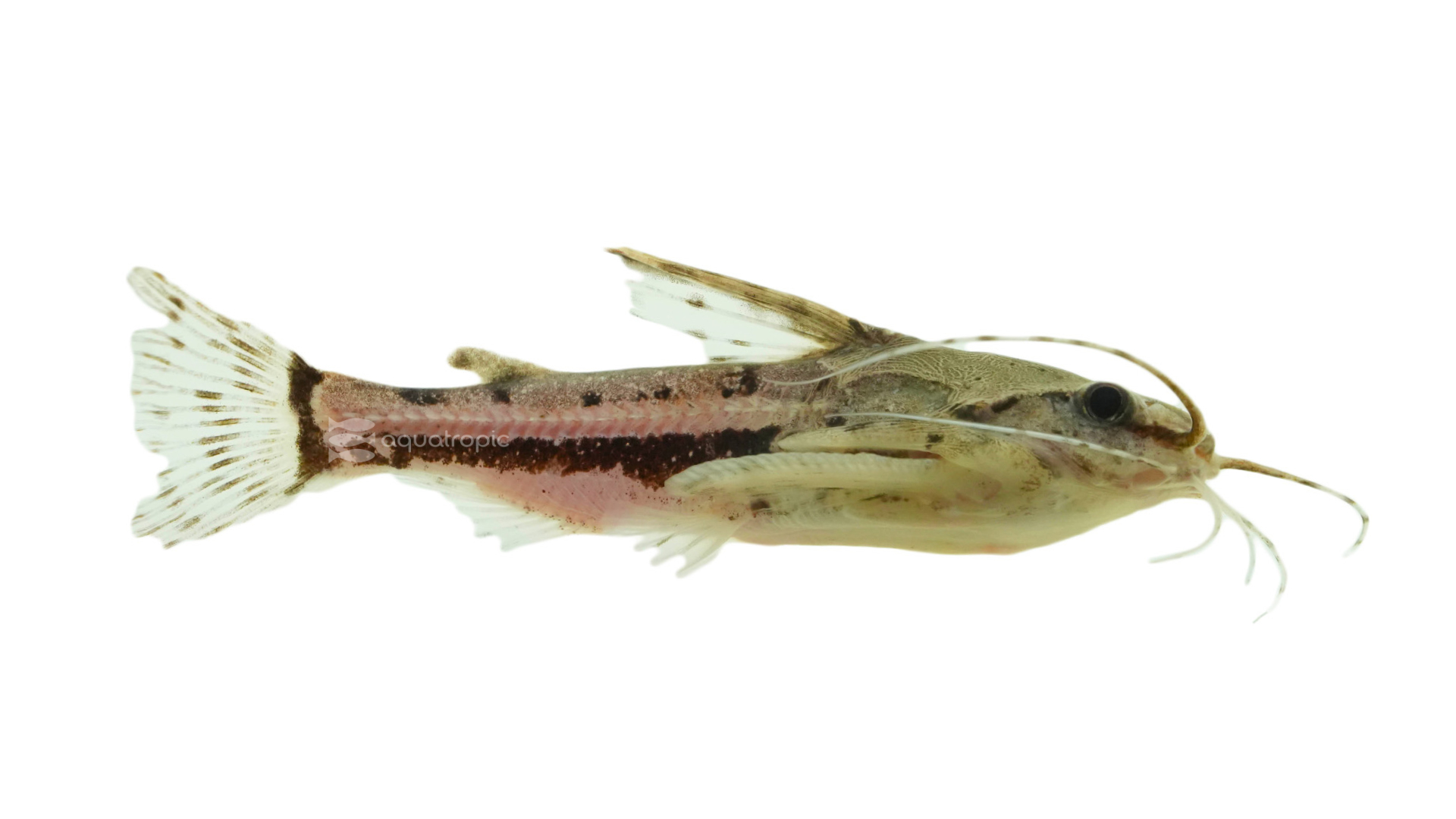Don't Get Stuck By The Stickers

For one reason or another, we get a fair number of questions about catfish and “getting stung.” We'd like to start this conversation by pointing out that this is a really, really rare occurrence. You're vastly more likely to get poked (not stung) by a catfish trying to remove it from a hook while fishing than while cleaning your aquarium. Why? Well, first off, catfish are really docile and mostly like to hide. Second, catfish can't actually sting you.
The little whiskers around their faces are sensory organs, and don't contain stinging cells or venom of any kind. A lot of you are reading this and thinking, “well duh” but this is a common misconception. These whiskers are actually called “barbels” and are part of how the catfish taste (not smell) prey. These barbels are basically just skin appendages that are covered with taste buds that assist the fish in locating food. It isn't the only part of the catfish covered in taste buds; in fact, the entire skin of the catfish is covered in these, even six-inch catfish could have more than a quarter million of these cells all over its body. The point here is you can touch the whiskers of a catfish just as safely as you can touch any other bit of skin on a catfish, with no detriment to yourself, though the catfish will be tasting you...
We differentiate between this and smell as catfish also have an incredibly sensitive sense of smell, being able to smell some things in concentrations as small as one part (of the compound they are smelling) to ten billion parts of water. Water flows through their nostrils over folds of sensitive tissue inside their nasal cavity. They have an extraordinary number of these folds, more than 10 times most freshwater fish. Side note: what stinks in air, doesn't necessarily stink underwater as compounds dissociate underwater in a different way than they do through air. That rank smelling catfish bait everyone thinks is a great idea, is usually totally useless underwater.

Back on target, how did this myth originate? It turns out you can get stuck by catfish, and couple of the spines that could do this job are near these barbels. The person yelling OW after dropping the fish isn't likely to make fine distinctions about how they got poked. How does this happen then? Well, catfish (and indeed many other fish), have a bony spine (stabby bit) in their pectoral fins, which are the ones right behind their gill plate. Like many other fish, they also have a bony rib capable of inflicting pain in their dorsal fin, which is the big one on their backs. Panfish like Bluegills and Sunfish also have these spines in their dorsal fins, as do the Rabbitfish popular with marine aquarists. On catfish (and many others) these spines are sharp, more than capable of breaking skin and catfish are very strong. These spines can convey a small amount of a hemolytic toxin (no, it is not dangerous to almost everyone) but it does sting and can leave a lasting puncture as the toxin can prevent localized blood coagulation (no scab).
Where does this leave us when trying to handle catfish or move them safely? These same spines we referenced above are likely to get caught in the webbing of cloth nets, and as such, rubberized nets are a better choice. They are soft on the skin of all fish and allow your piscine pals to swim out of them without entanglement. This is good for the fish, and because you won't have to struggle to untangle it, you're much less likely to be inadvertently stabbed by a thrashing fish while attempting to do so.
If, for some reason, you find yourself in a position to actually handle your catfish, do so with care. Wet your hands before handling it and grasp it from the bottom. Place your thumb behind the pectoral fin on one side and keep the other pectoral fin between your index and middle fingers. This will allow you to have a firm grasp on the fish, while staying clear of the poky bits. If your catfish is small enough to wrap your whole hand around, pinch the base of the dorsal fin spine with your thumb and index (or middle) finger. Touching the side of the spines will not hurt you in any way, you just want to avoid the very point of them. Be aware that when catfish are lifted out of the water, these spines will flex away from the body.
In the rare instance that you do actually get stuck by a catfish, don't panic. Unless you have a very strong allergy to their notoriously mild toxin, you're in no real danger. This being said, we encourage you to seek medical attention. The spines can break off under your skin and easily become infected. Any emergency medical practitioner will be able to clean and disinfect the small puncture wound effectively and help prevent any complications down the road. If this isn't an immediate option for you, clean the wound with antibacterial soap and water. Remove any broken off spine pieces with a tweezers as you would a sliver. The puncture will likely bleed for a short while, but gentle pressure and patience will take care of that.

Catfish make for super interesting, interactive aquarium inhabitants and there are a lot of them that are totally appropriate for a wide variety of displays. You can see a ton of them on our homepage at https://www.qualitymarine.com/aquatropic/fish/catfish/. You should have no qualms about putting them in your display from a safety standpoint, and we hope that you do just that. Be sure to follow the best practices in regard to what nets to use and if you need to handle them, do so with care. For those of you who like to fish, these same handling guidelines will treat you, and your catfish well. Happy fish keeping!